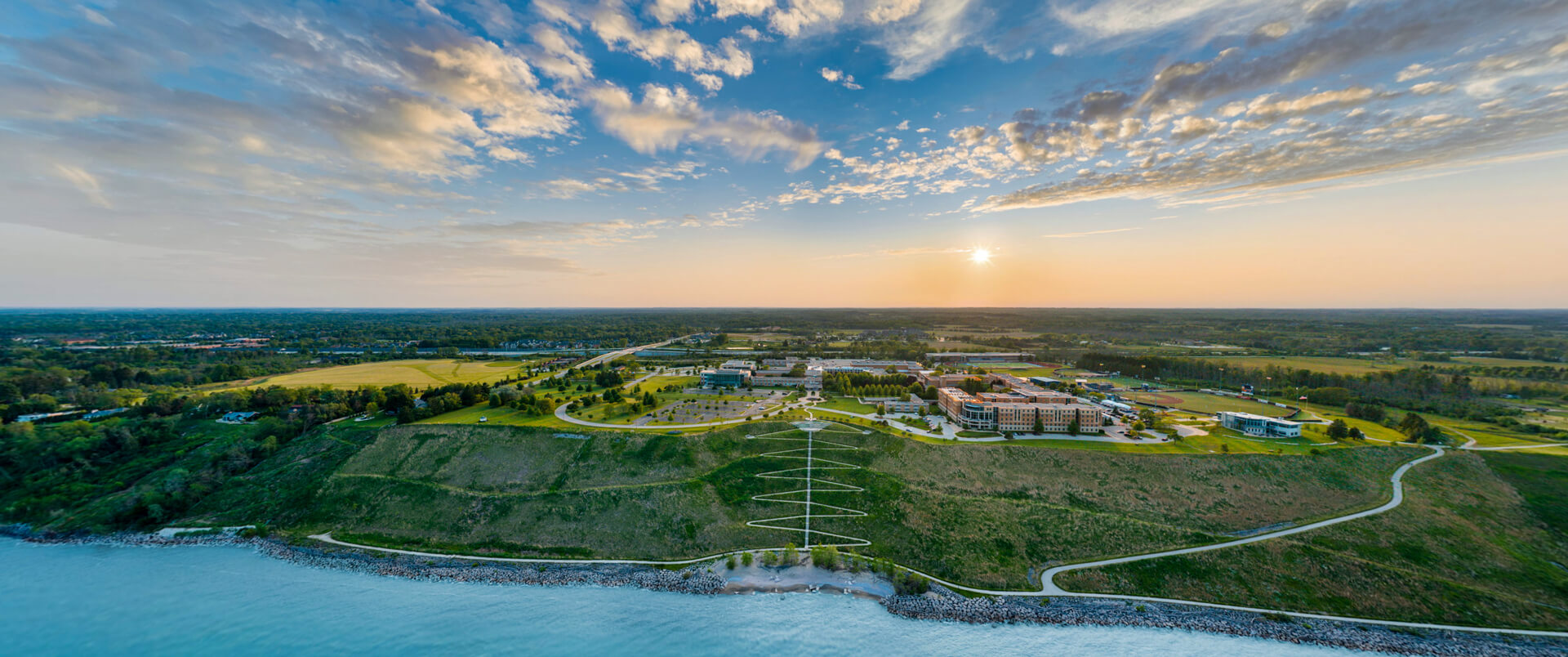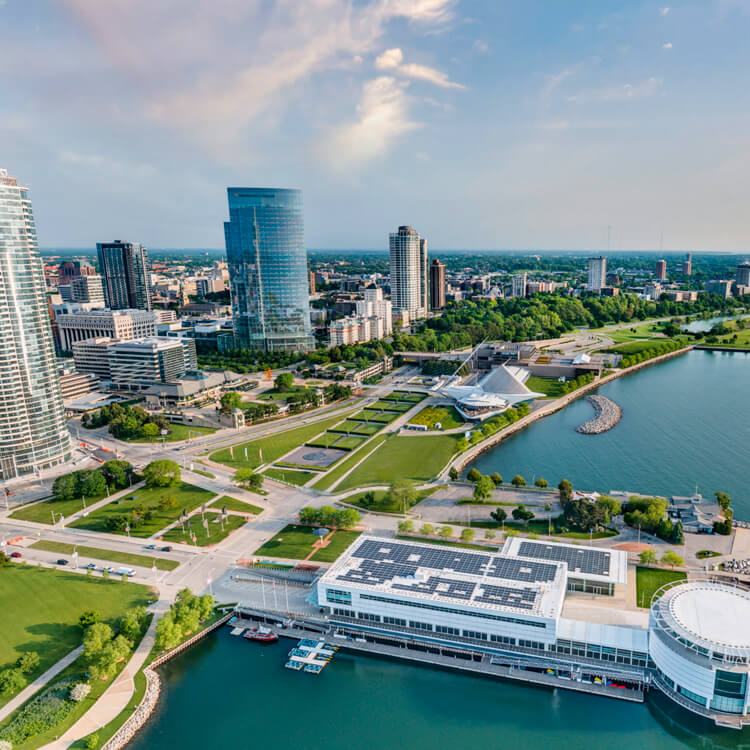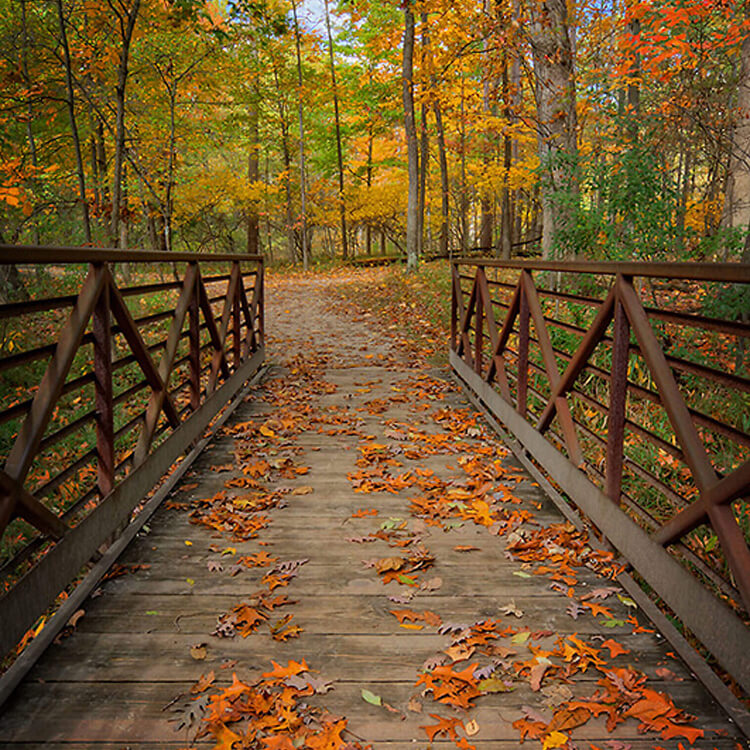
God's creative majesty
The CUW college experience comes with front-row seats to one of the world’s greatest freshwater lakes.
Plan your visit
We’re closer than you think:
- 20 minutes to Milwaukee’s cultural and sports scene
- 10 minutes to historic Cedarburg’s shops, galleries, and festivals
- 1.5 hours to Chicago, Green Bay, and Madison
Experience the bluff
- Switchback hiking trails and pathways down the bluff to a private beach
- Gather with friends under the stars for beachfront bonfires
- Enjoy amphitheater lake views during for summer worship service, concerts, or classes
- Watch the sky transform during sunrise runs & sunset strolls


